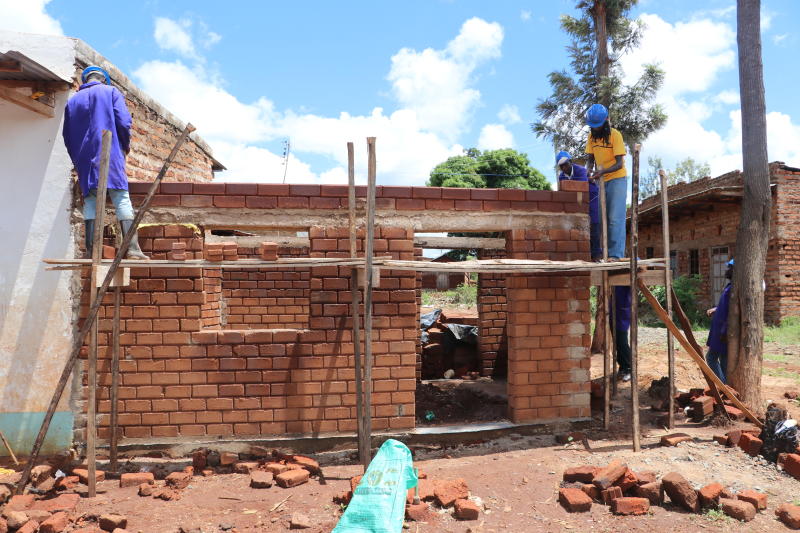×
The Standard e-Paper
Truth Without Fear

As the government pushes to make affordable housing a reality, a plan introduced 16 years ago to bring down the cost of construction lies neglected.
The Government in 2003 introduced the interlocking brick making machine technology. The formal launch of Appropriate Building Technology programme was in 2006.